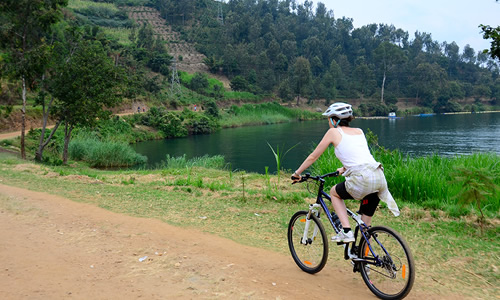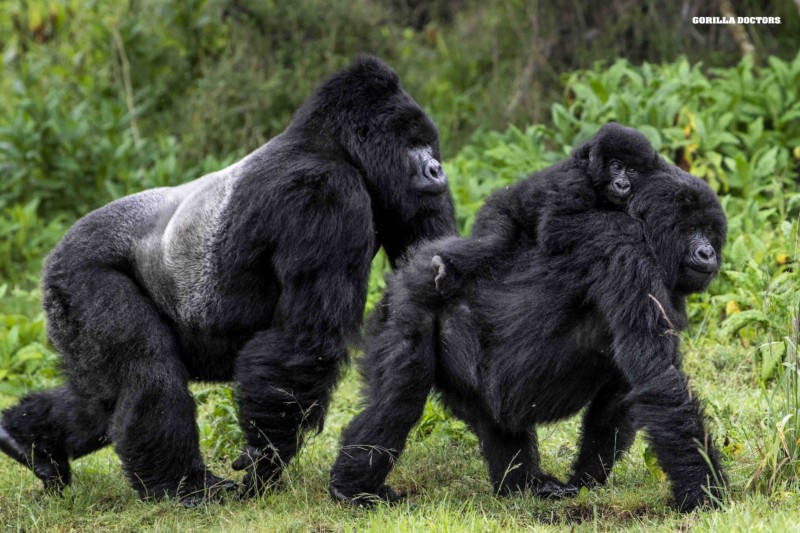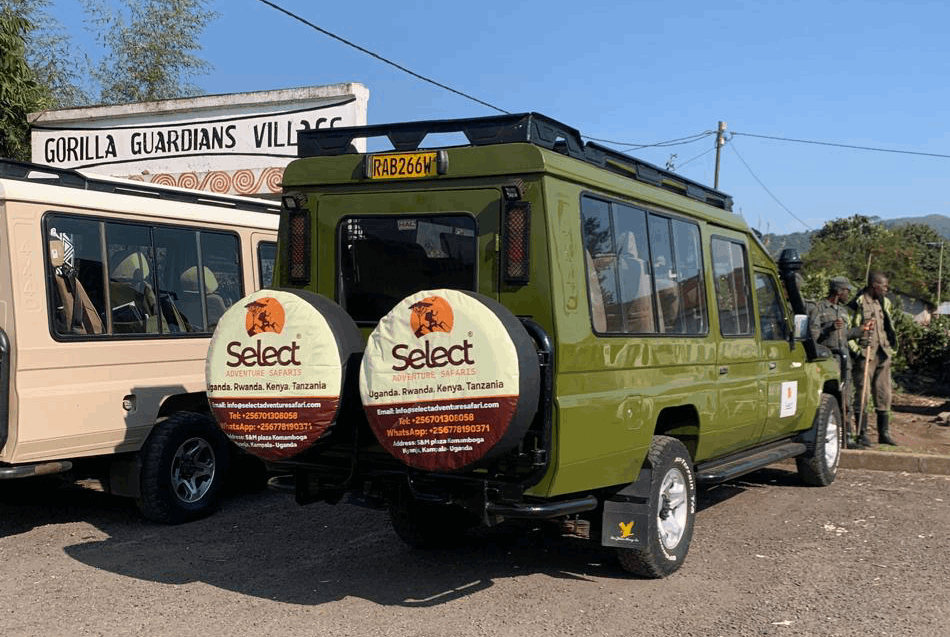Mount Kilimanjaro Weather
Mount Kilimanjaro Weather : Mount Kilimanjaro provides some of the best climbing experiences in the world the mountain is visited by millions of climbers from all over the world.
One of the important factors to note when planning an adventure to Mount Kilimanjaro, weather is one of the major factors to consider. Mount Kilimanjaro has a large geographic structure which creates its own weather, however the weather and temperatures vary significantly by day and night and by altitude.
Hikers need to be prepared for big changes in temperatures throughout the day and as they ascend in altitude
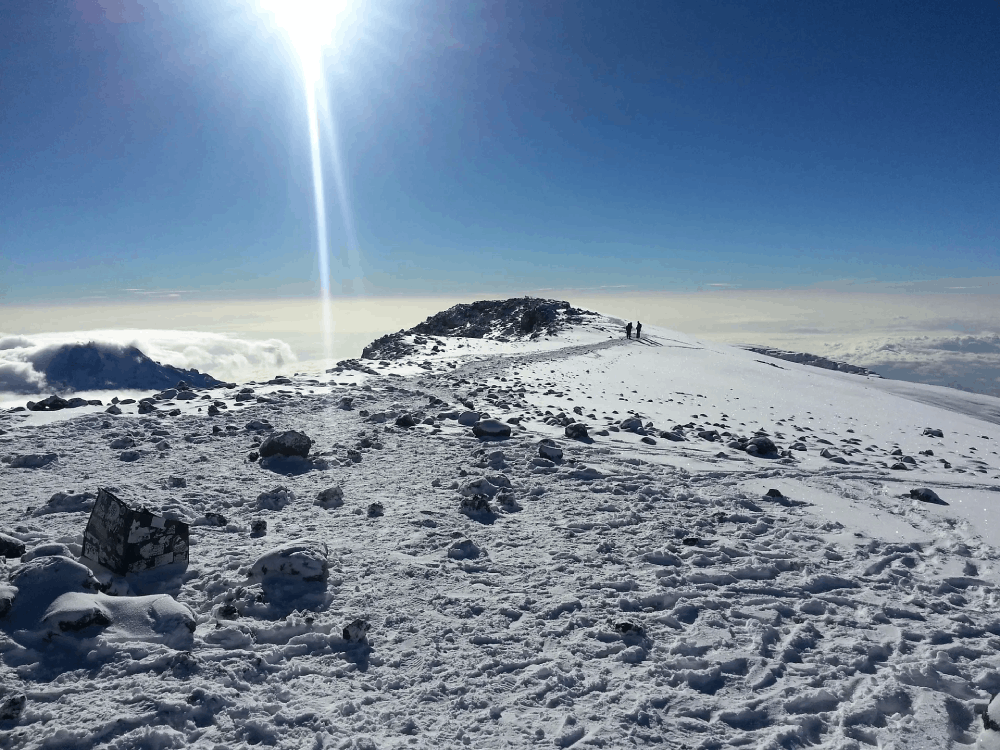
Mount Kilimanjaro’s weather is influenced by the dominant trade and anti-trade winds that pass through the region, these winds carry moisture from the ocean and when they hit large objects like mountains. They rise, cool and condense forming clouds and precipitation that is rain and snow.
Mount Kilimanjaro is influenced by two main weather patterns that is the South – East trade winds and North – East anti trade winds as explained below
Trade and Anti-Trade Winds
South-East Trade Winds
The South – East trade winds from the Indian Ocean arrive around Mid-March and lasts into May, before being interrupted by the North – East Anti trade winds. These winds carry loads of moisture from Indian Ocean so when they eventually hit the massive structure of Mount Kilimanjaro and they are forced upwards, they form large rain clouds and the heavens open.
This therefore makes Mid-March through to the end of May a wet season on Mount Kilimanjaro, a season not great for trekking the mountain.
These winds blow from the South most of the rain falls on the southern side of Kilimanjaro.
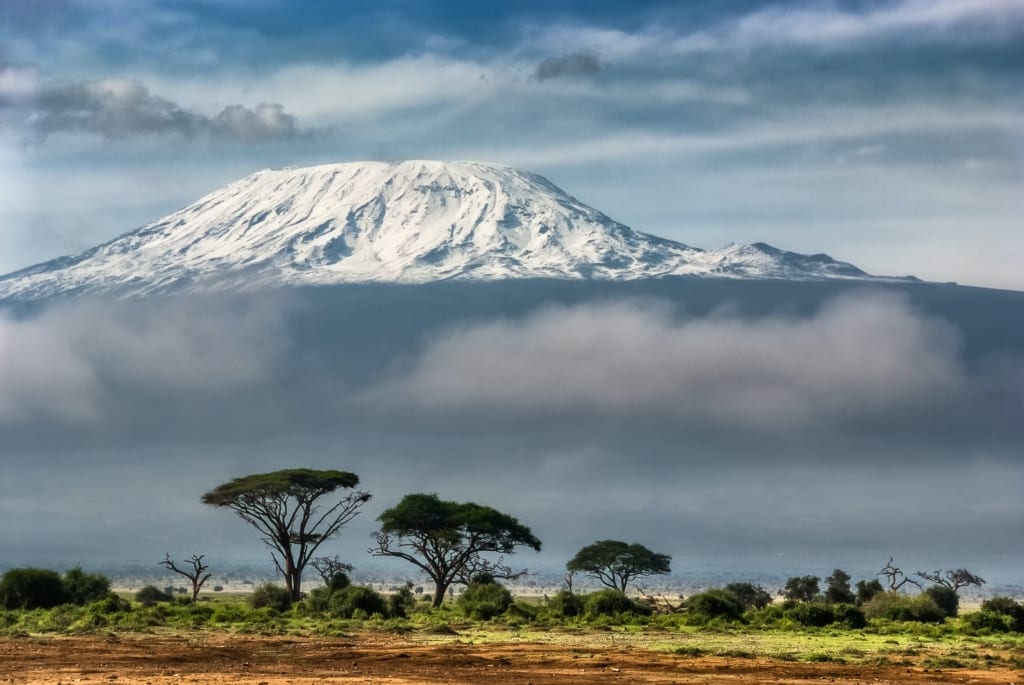
The northern slopes of Mount Kilimanjaro tend to be buffeted from the winds and therefore receive considerably less rain during this time of the year.
If you are planning to trek Mount Kilimanjaro in March – May, the best route to consider is the Rongai Route which follows a trail from the North.
North-East Anti-Trade Winds
Anti-trade winds from the North-East arrive between late May and last through to early November and don’t carry rain as they lose their moisture well before hitting Mount Kilimanjaro. These winds generally blow quite strongly forcing their way through the saddle – the valley between Kilimanjaro’s two peaks, Kibo and Mawenzi.
As the strong anti-trade winds pass through the saddle, they force the South – East winds down below them. Thus during the dry season – June through to October. Cloud cover and some rain of up to the 3,000 meter is common in this period on the Southern slopes but quickly disappears above this altitude.
The dynamic between the strong and dry North – East trade – winds and the South – East winds which are less powerful means that late May through to the end of October is a great time to climb/ trek the mountain as rain is rare and usually confined to the lower southern slopes.
May through to October also coincides with the summer holiday periods of the Northern Hemisphere so the slopes of Kilimanjaro can be busy at this time of the year.
North-East Monsoon
The North – East Monsoon winds arrives around mid-November and last through to February, these winds have travelled along way over the continent and don’t have a high moisture content which means that the season is generally quite light on rain.
Most of the rain falls on the lower northern slopes of Mount Kilimanjaro but it is a lot lighter than the main wet season which is brought by the South – East winds in March –May. The interaction of these winds with Mount Kilimanjaro mean that there are 2 main trekking seasons that are January – March and June – October.

Mount Kilimanjaro Weather by Mouth
January – February
January and February marks the first short dry season on Mount Kilimanjaro making it a great time to trek, these months tend to be colder than the longer dry season of June – September and you have a higher chance of encountering snow on the upper reaches of Mount Kilimanjaro.
March
On Mount Kilimanjaro, March is a shoulder month in the trekking season, towards the end of March you can feel more moisture in the air and encountering rain is more likely, However, the slopes are generally quiet which makes March a good time to hike Mount Kilimanjaro.
April and May
April and May are usually the wettest months on Mount Kilimanjaro and is not ideal for trekking. We recommend avoiding the rainy months of April and May on Mount Kilimanjaro.
June, July, August and September
June, July, August and September are the busiest months on Mount Kilimanjaro as they coincide with the European and North American summer holiday period. In these months, encountering rain or snow is rare. As the slopes are busier at this time of the year, it is quite easy to find offers for groups which you can join to help you save on the costs of the trek.
October, November and December
On Mount Kilimanjaro, October is a great shoulder month to trek, the weather conditions are good and the slopes are less busy. November on Kilimanjaro is a short rainy month and if you plan to trek in this month we recommend the northern approach on the Rongai Route which is generally dry in this time of the year.
December is a cold month on Mount Kilimanjaro, trekking Mount Kilimanjaro in this month allows you to spend Christmas or New Year on the summit which is become a popular thing to do.
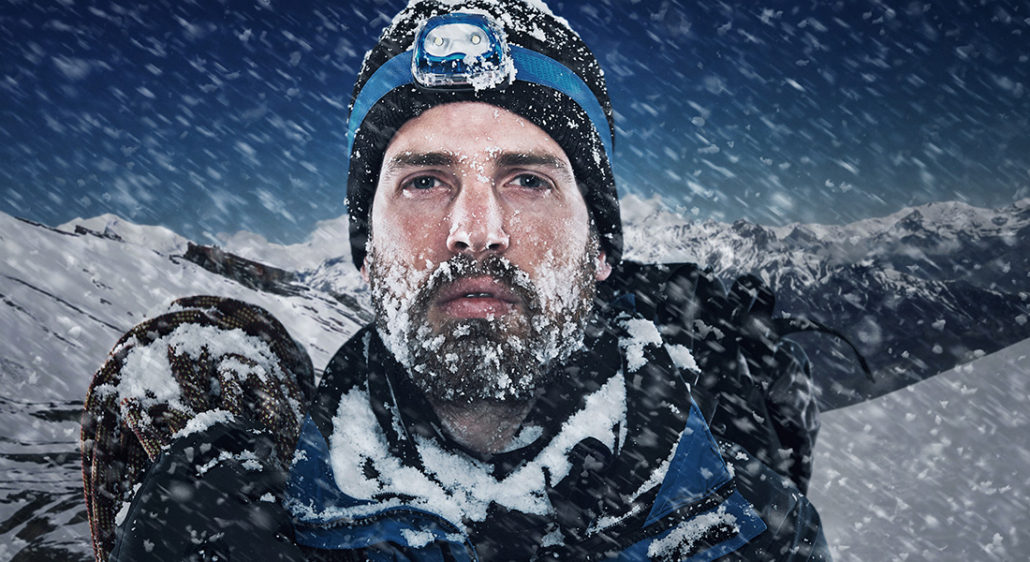
Mount Kilimanjaro Temperature
Temperatures on Mount Kilimanjaro are heavily influenced by charges in altitude highly to the extent that there in fact distinct climatic zones in the mountain, each with its own distinct fauna and flora.
Graph showing temperature on Mount Kilimanjar

